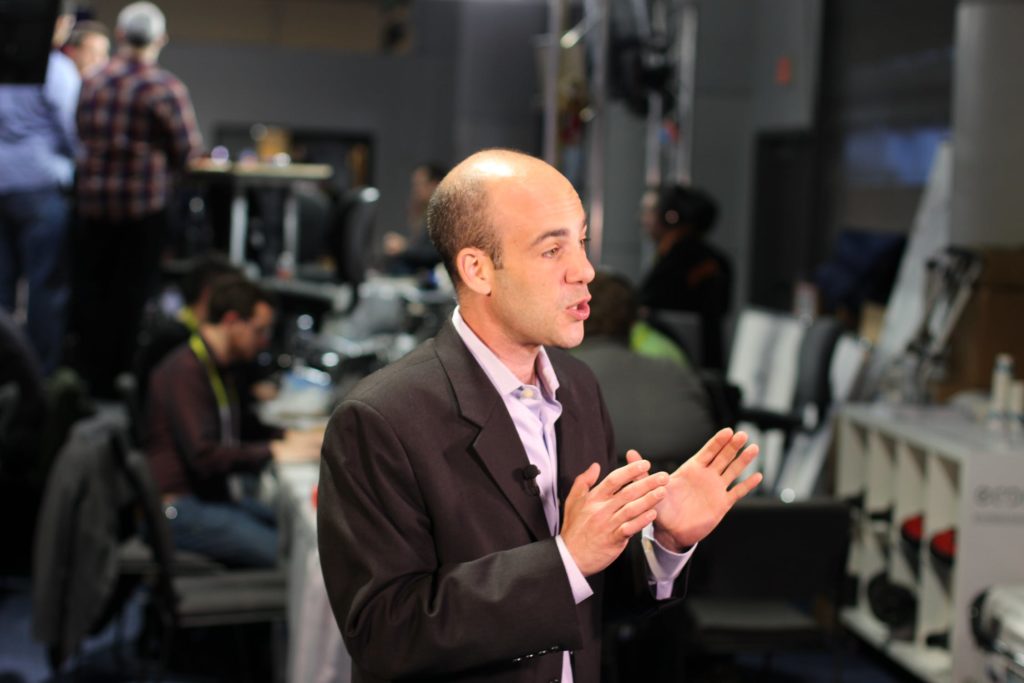Altmann, Gerd. ‘Interaction.’ Pixabay.com. Copyright-free.
If the coronavirus pandemic of 2020 has taught us anything, it’s that social media is a way to stay connected even when invisible enemies keep us apart from our friends, co-workers, and family members.
Typically, cybercrime is viewed as a threat to adults like malware, viruses, and scams. But kids are regularly targeted in social media spaces and games where users are less aware of the potential dangers.
The digital world changes as quickly as children grow. Parents who are aware of cybersecurity risks helps keep kids safe from predators and thieves. Discussing the realities of the web, dangers, and red flags with your kids will provide them with the tools they need to stay safe while connecting on social media.
Explore Social Media
Photo Mix. ‘Untitled Image.’ Pixabay.co. Copyright-free
Social media is big business and more media websites are being built as you read this article. As a parent, it is crucial to know which digital environments your child is visiting. You wouldn’t let them spend an afternoon at a stranger’s home without meeting the guardians first, right?
Social media is a similar situation, familiarize yourself with the following websites, and make sure they are suitable for your kids.
Set Clear Boundaries Regarding Social Media and the Internet
Altmann, Gerd. ‘Icon.’ Pixabay.com. Copyright-free.
Learning how to maintain and respect boundaries is part of growing into a healthy adult. This is true for social media too. After familiarizing yourself with social media sites like:
Altmann, Gerd. ‘Interaction.’ Pixabay.com. Copyright-free.
A necessary boundary to consider is establishing an age requirement for using social media. The majority of social media websites don’t allow access to anyone under the age of 13 without parental consent due to the Children’s Online Privacy Protection Act.
Routinely Monitor Your Kid’s Privacy Settings
As a parent, you’ve got a lot on your plate when it comes to keeping your children safe. In both the physical ad digital environments.
Digital safety for kids takes diligence. The evolving nature of the web means that as technology advances so do the criminals and predators.
Most social media sites have extra security settings built-in, but (usually) these features need to be manually added and maintained.
Linforth, Pete. ‘Cyber-Security.’ Pixabay.com. Copyright-free.
It isn’t just predators and thieves that pose a risk to children while online. Suggestive and inappropriate videos are rife on many popular websites like YouTube. The video-sharing website is a great place to find entertainment for all ages, but the site does have a darker side with inappropriate media pretending to be suitable for child viewing.
The SafetyDetectives suggest letting kids watch without headphones, so you can monitor the program.
Review their video history and try to suggest channels that you know are suitable for your child. Pre-watching media prevents any exposure to inappropriate content -and there’s a lot of it on YouTube.
The faux-kid-friendly content can be hard to spot but keeping an eye on what media your child consumes will protect them.
Altmann, Gerd. ‘Film.’ Pixabay.com. Copyright-free.
Personal Details, Passwords, and Photos
Your child’s social media profiles should all be kept private. Talk to them about keeping their personal details (addresses, birthdays, phone numbers, check-ins, etc) off their social media accounts. Discuss why it is dangerous to share these aspects of their lives and how it might impact their future.
The most important aspect for your child to remember is that anything they put on the internet is there forever even if they delete it
Keeping track of passwords can be an immensely tricky endeavor. It’s not the wisest choice to save these details within browsers (because they get hacked), but your kid must have a strong password which includes upper and lowercase letters, non-sequential numbers, and symbols.
Johnson, Gordon. ‘Kids.’ Pixabay.com. Copyright-free.
Deleting Friend Requests from Strangers
Teaching kids about stranger danger in the digital world is straight-forward. They shouldn’t accept friend requests from anyone they haven’t met in the real world. Keep an open line of communication between your children about social media safety. The rewards of connecting on social media are amazing, but the dangers are also very real and can have long-term consequences.











